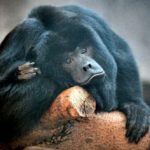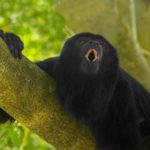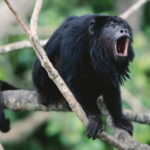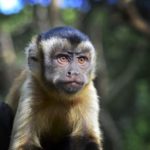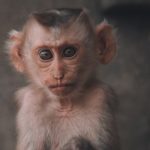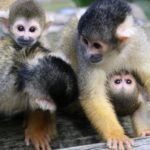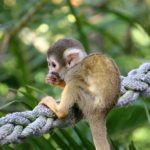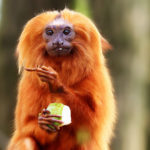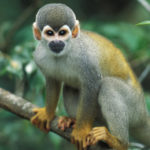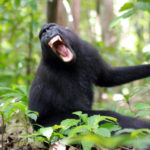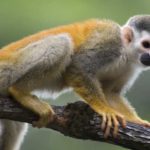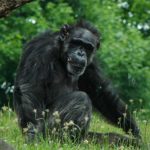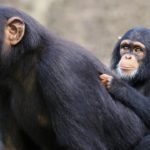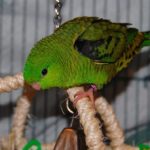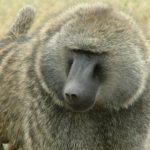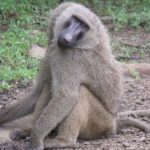Howler monkeys
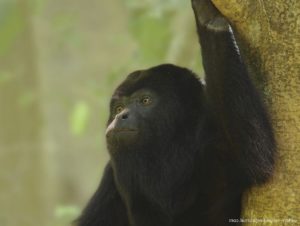 And do you know that the noisiest primacy is the howler monkey? The Colombian and loud-voiced representative of these animals more than once terrified the conquistadors.
And do you know that the noisiest primacy is the howler monkey? The Colombian and loud-voiced representative of these animals more than once terrified the conquistadors.
Ecuador, Guatemala, Mexico, Nicaragua, Panama, Colombia, Costa Rica – in these territories you can meet an unusual representative of primates – with a Colombian howler. A stocky large animal belongs to the family of Capuchin or Tiger-tailed monkeys. His unusual outward appearance roared deserved great popularity, which, however, did not save him from the risk of extinction. To date, the monkey needs protection and human help.
The body of the monkey is large enough: in males the body length reaches 63 cm, and in females – 46-60 cm. The tail is grave and strong; it has a length of 60-70 cm in males and 55-66 cm in females. The animal’s weight is also impressive: males weigh 5-10 kg, and females weigh 3-8 kg. Close nostrils and large thirty-six teeth give the animal ferocity. Colombian howler is usually black, on both sides of the trunk, like the mantle, grows a long golden-red hair.
At the end of the grasping tail, there is a bald patch that the monkey uses to grab food. In adult males, the color of the scrotum changes from black to white. Males have a long beard, which distinguishes them from females. Ears, face, palms and feet are represented by hairless areas.
The residence of these singers is a wooded area of different heights. Low-lying and mountainous rain areas are no exception. Recently, mass migration of monkeys to coffee plantations has been recorded, namely, to the southern part of Mexico.
There is no harm for these animals from these animals. But the benefit is that the local population hunts the howler meat. It is also known that these monkeys are used for scientific purposes.
The animal today is on the brink of extinction. The howler is included in the CITES Convention as a primate, whose numbers are sharply reduced. One of the problems that affects this is a specific disease caused by a parasitic fly on the howler’s throat.
